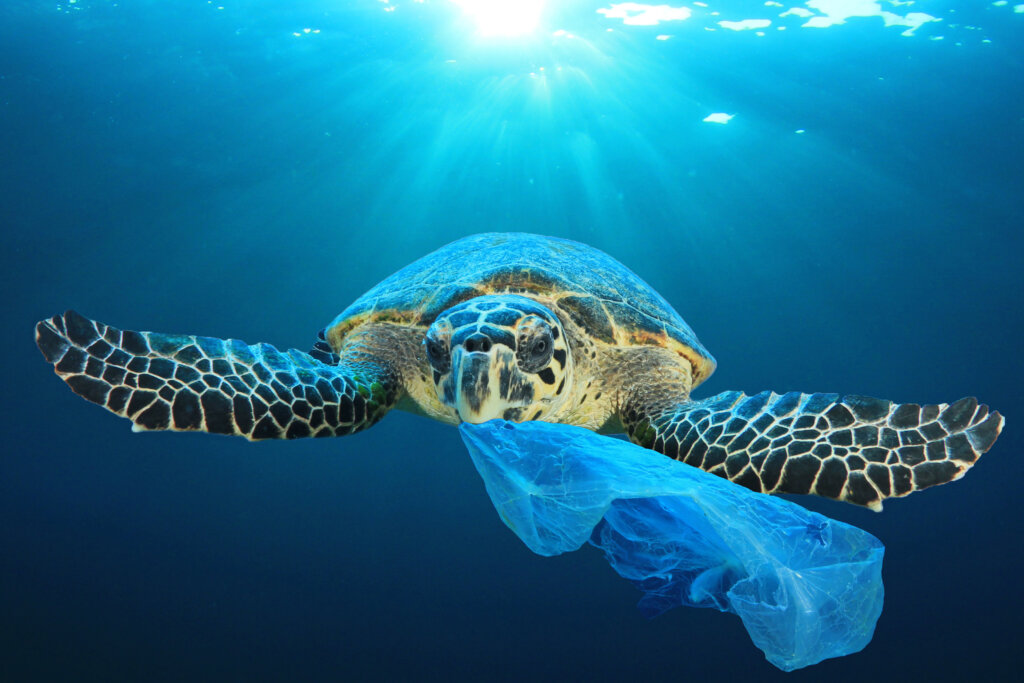
Battery-electric “E-Green” ferry marks a new era for clean port operations in Busan

December 2025 Newsletter: Clean shipping progress & more

Battery-electric “E-Green” ferry marks a new era for clean port operations in Busan















Your donation will immediately be put to work supporting local leaders and urgent grassroots action around the Pacific Rim.
This website uses cookies to improve your experience, analyze traffic and support our conservation efforts. By continuing to use this site, you agree to our use of cookies. For more information, consider reading our privacy policy. Privacy Policy
We may share your site usage information with trusted partners for relevant content and ads. You can manage your preferences or choose to opt out. Do Not Sell My Personal Information
Do you really wish to opt-out?
Do you really wish to opt-out?

Can we fix the challenges that still threaten our environment? Not without you.
Make a gift before Dec 31, 2025, to see your impact DOUBLED thanks to a generous $8,500 match!